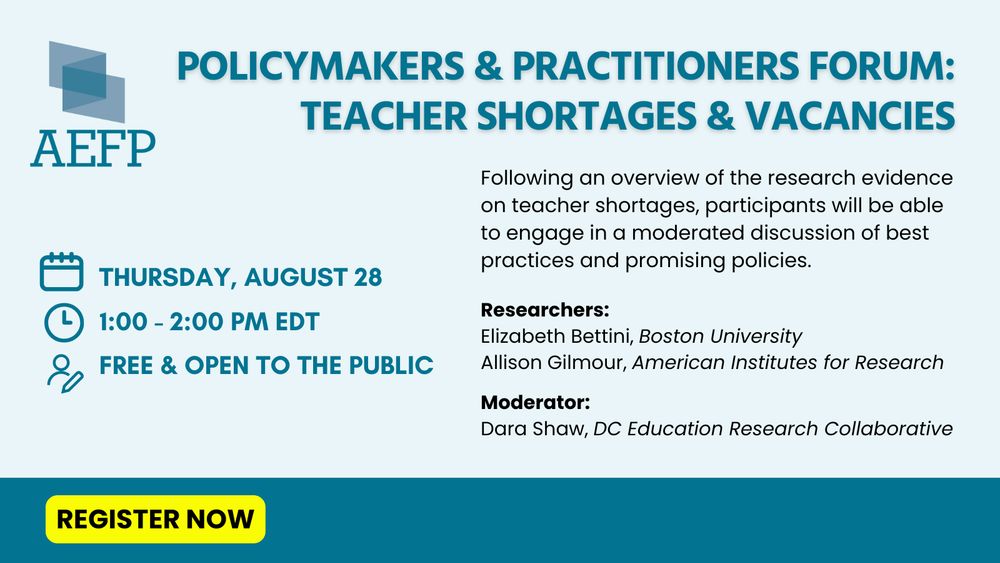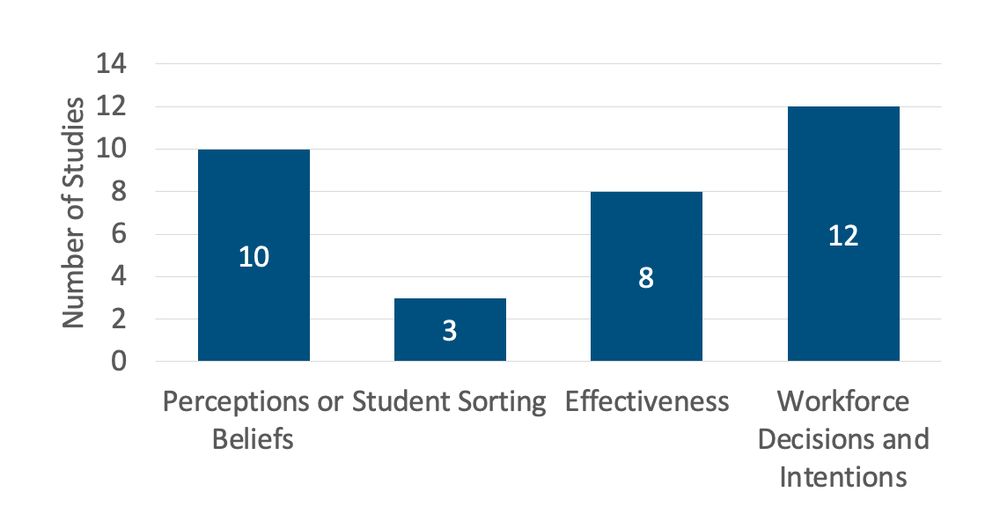Posts
Media
Videos
Starter Packs
Reposted by Alli Gilmour
Alli Gilmour
@afgilmour.bsky.social
· Aug 26
Alli Gilmour
@afgilmour.bsky.social
· Aug 26
Alli Gilmour
@afgilmour.bsky.social
· Aug 26
Alli Gilmour
@afgilmour.bsky.social
· Aug 26
Alli Gilmour
@afgilmour.bsky.social
· Aug 26
Alli Gilmour
@afgilmour.bsky.social
· Aug 26
Alli Gilmour
@afgilmour.bsky.social
· Aug 26
Alli Gilmour
@afgilmour.bsky.social
· Aug 26
Alli Gilmour
@afgilmour.bsky.social
· Aug 26
Reposted by Alli Gilmour
Reposted by Alli Gilmour
Alli Gilmour
@afgilmour.bsky.social
· Jul 17
Alli Gilmour
@afgilmour.bsky.social
· Jul 17
Alli Gilmour
@afgilmour.bsky.social
· Jul 17
Alli Gilmour
@afgilmour.bsky.social
· Jul 17










